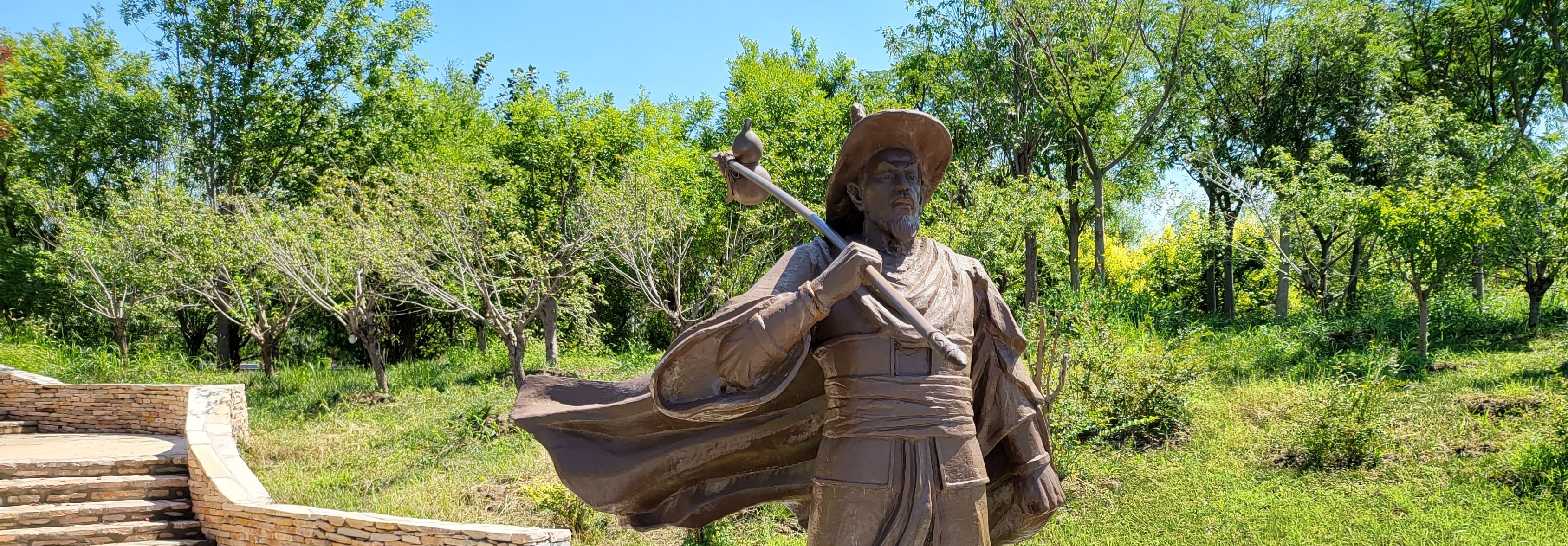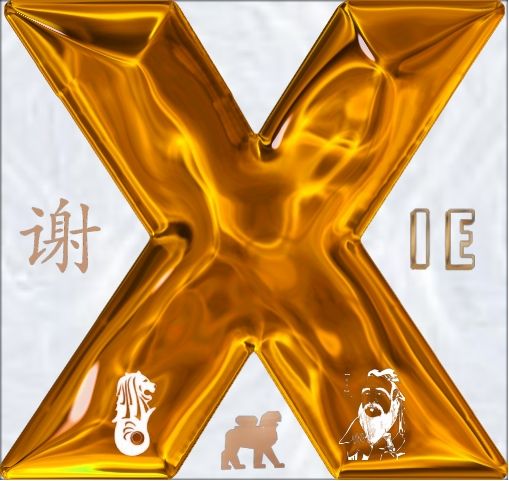A very special library
Avaldatud: 07.11.2024
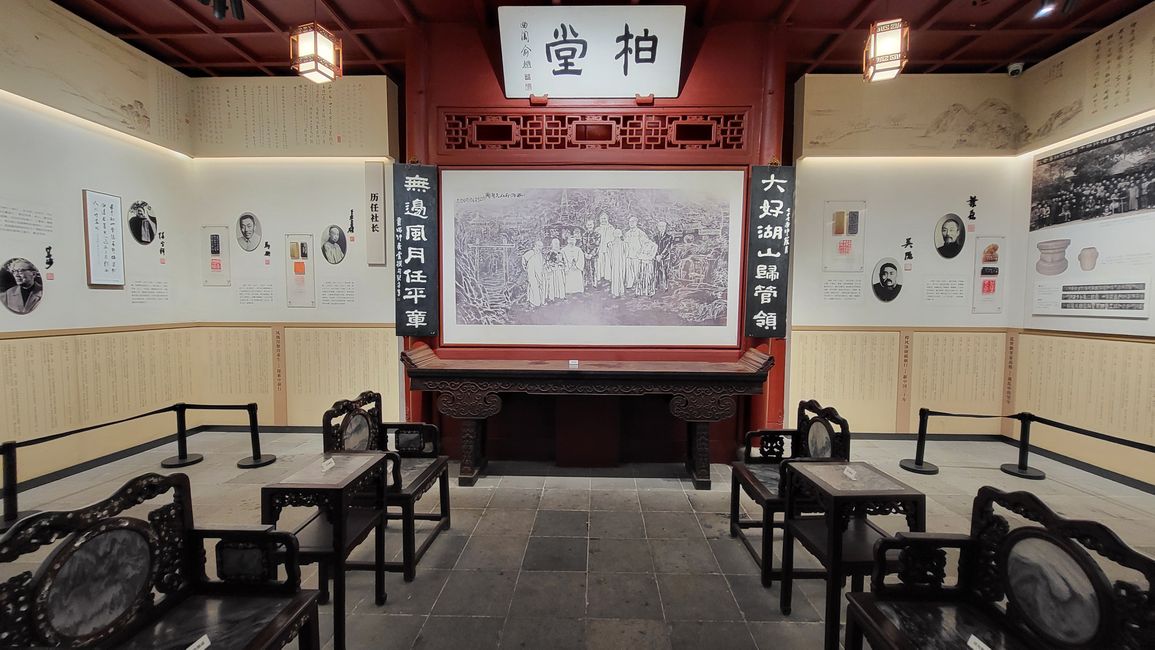
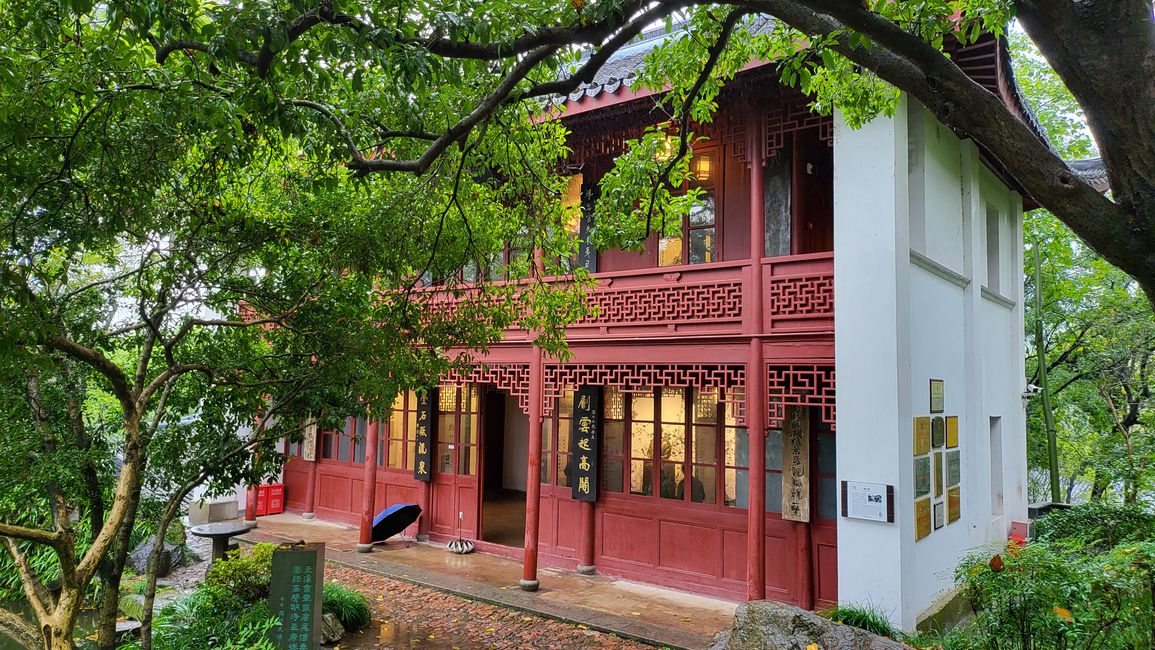
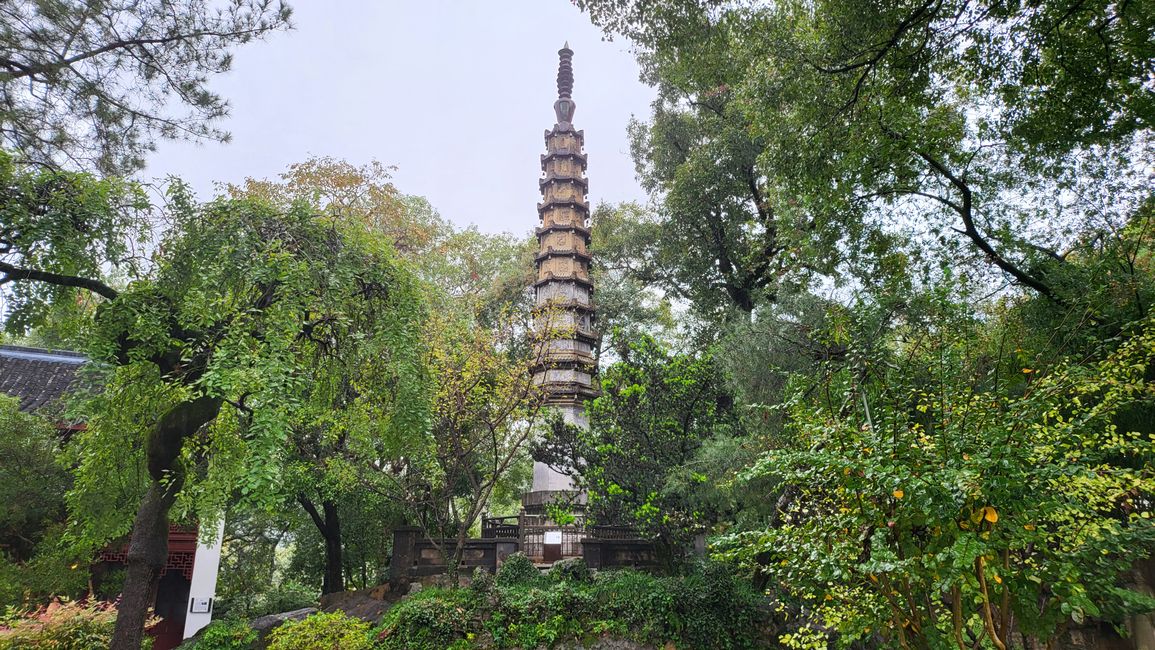
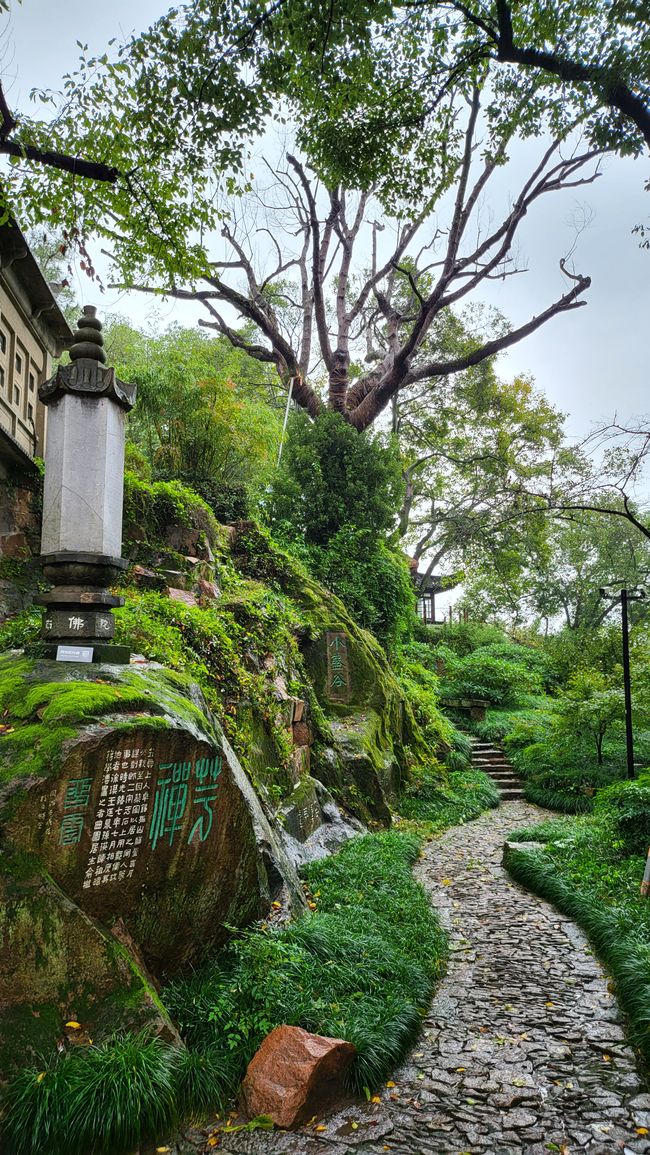
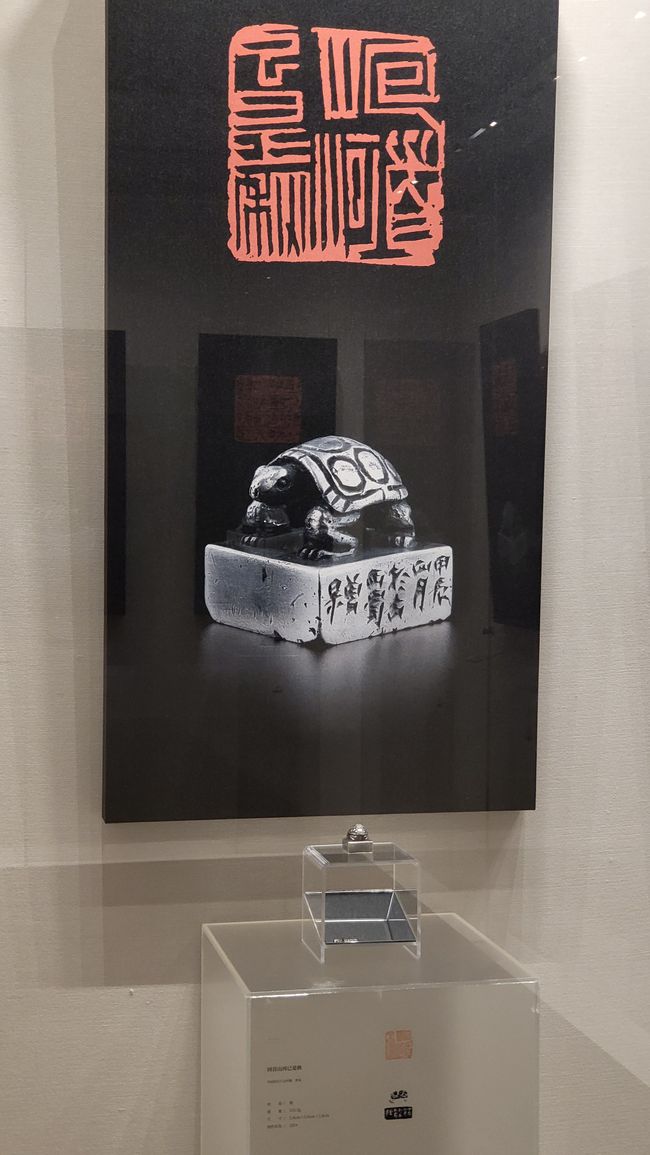
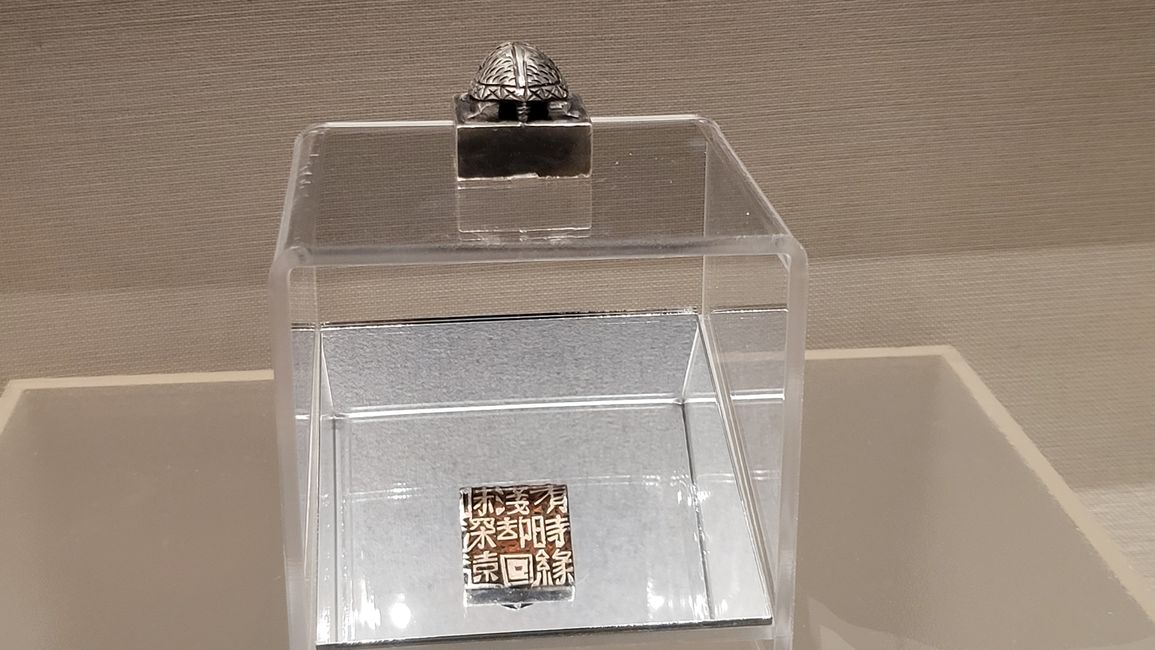
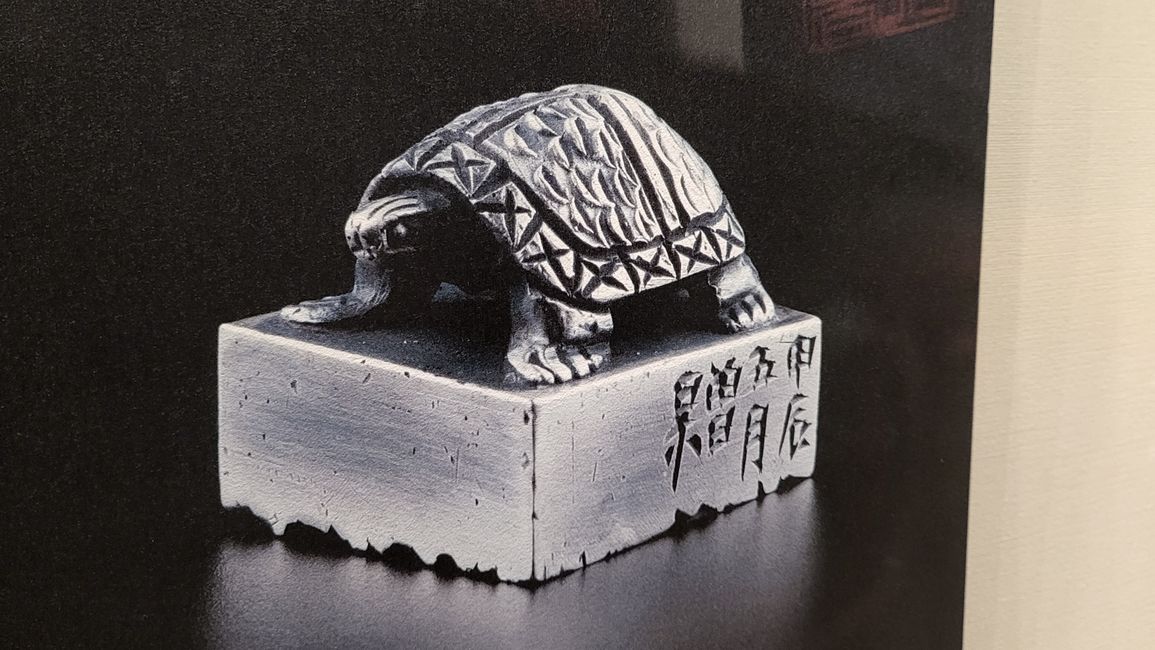
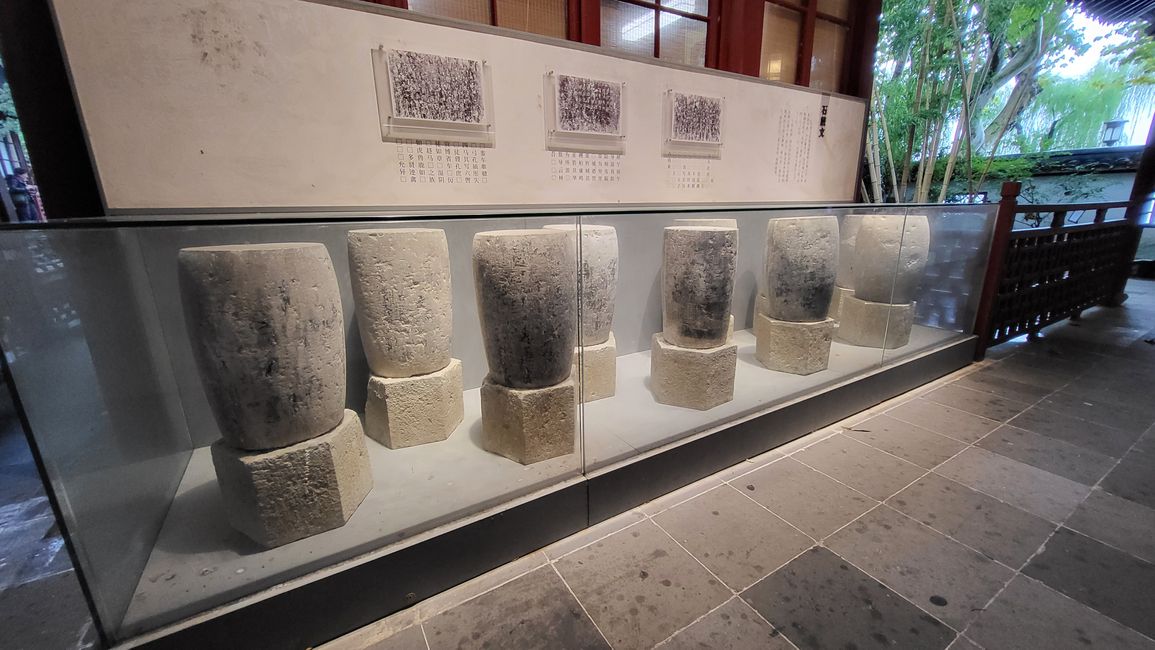
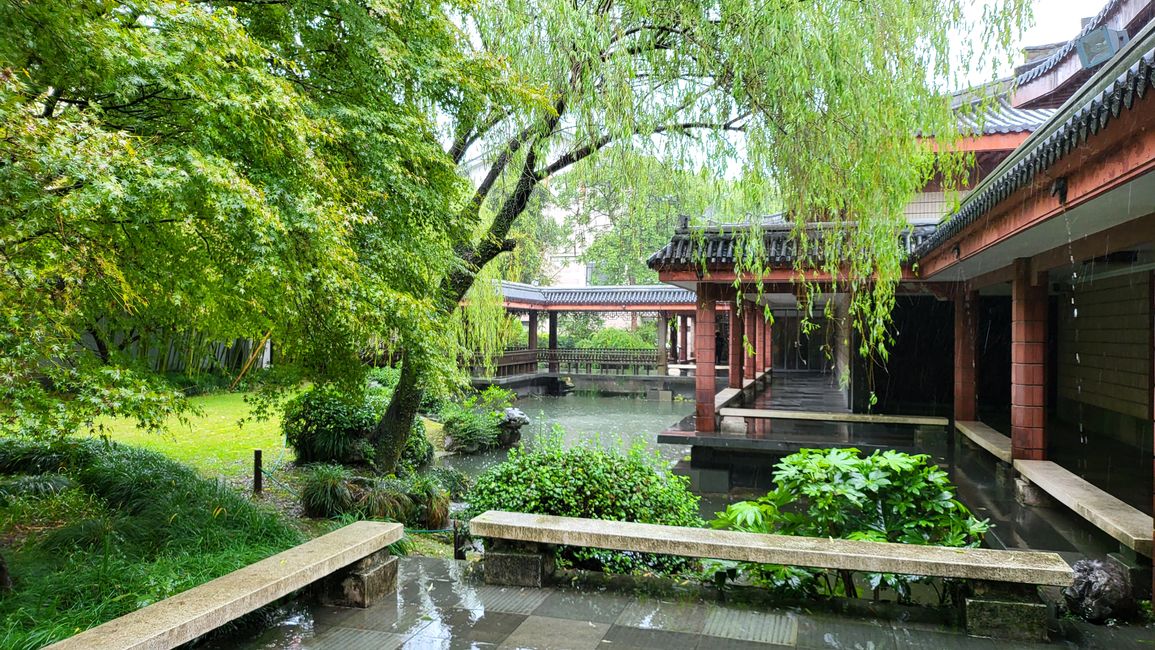
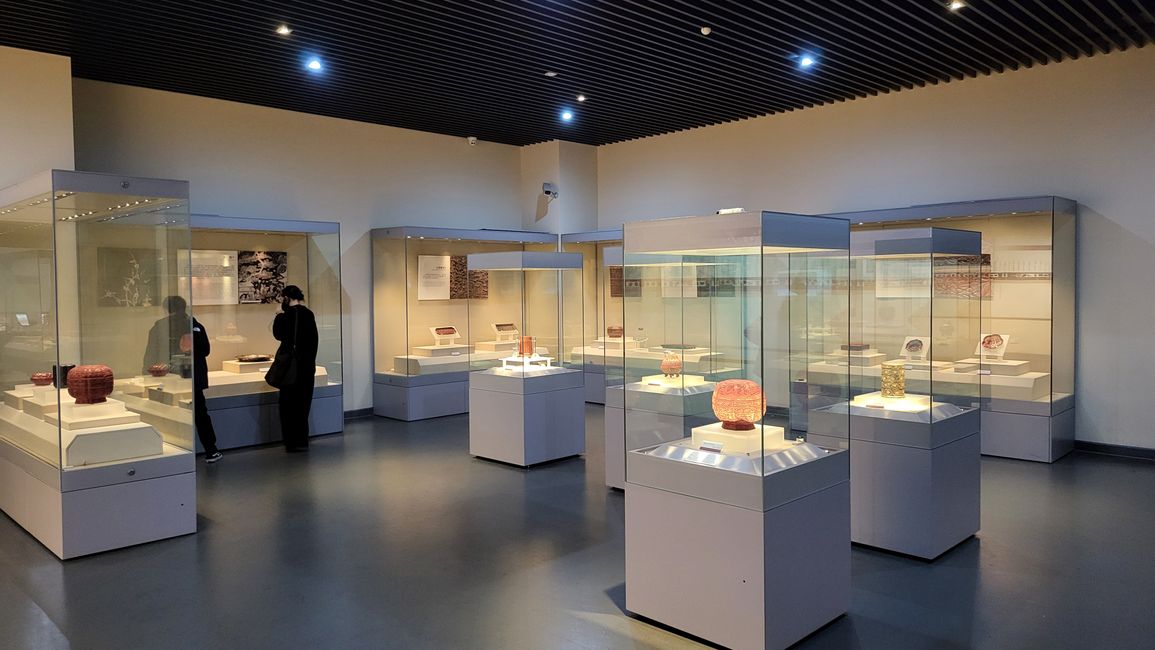
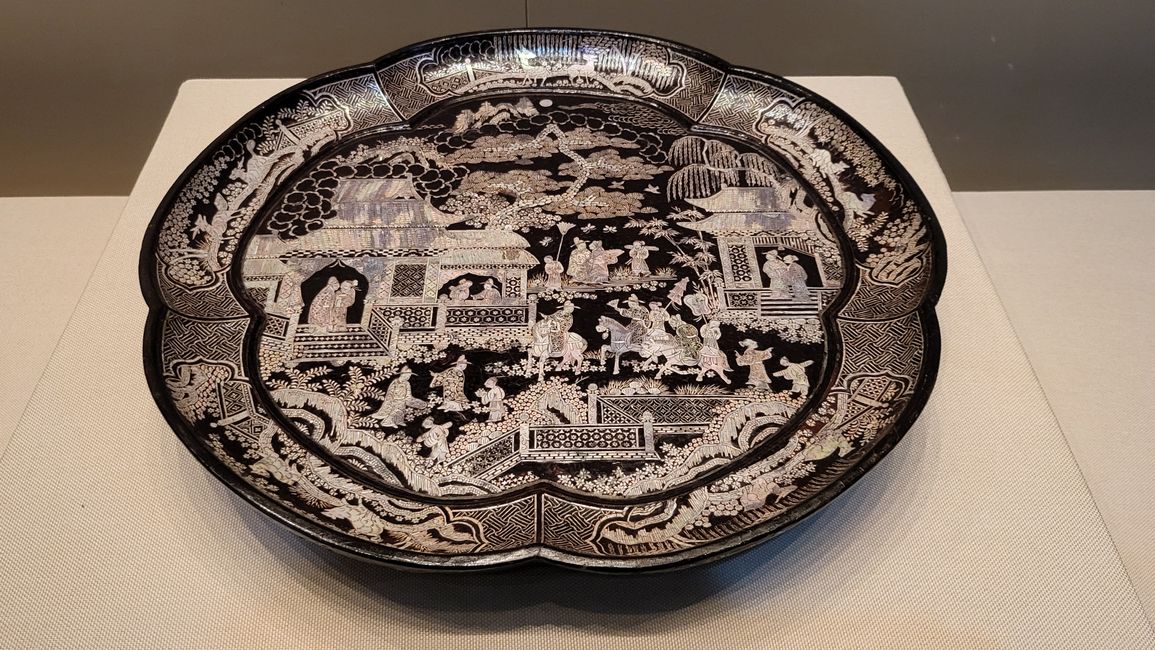
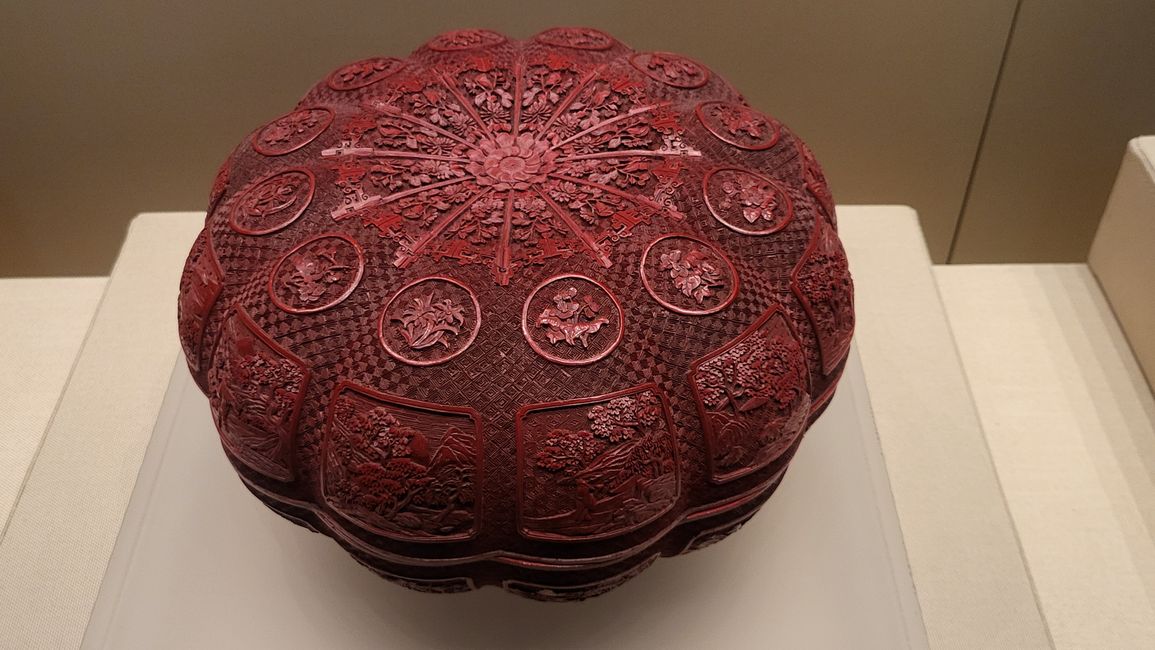
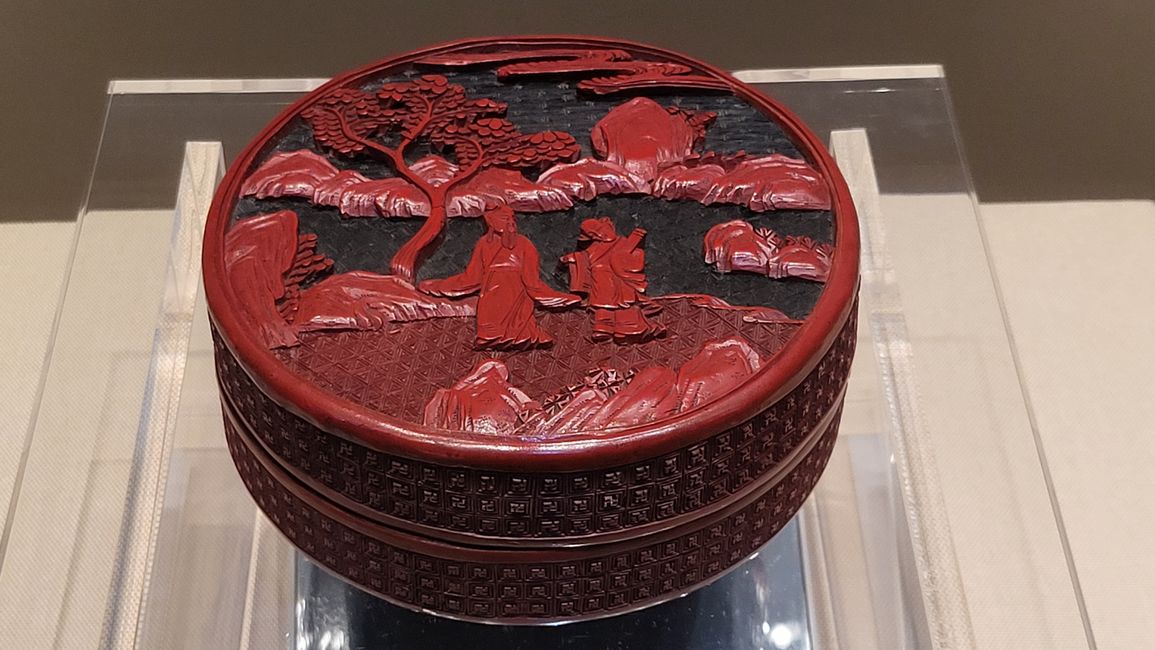
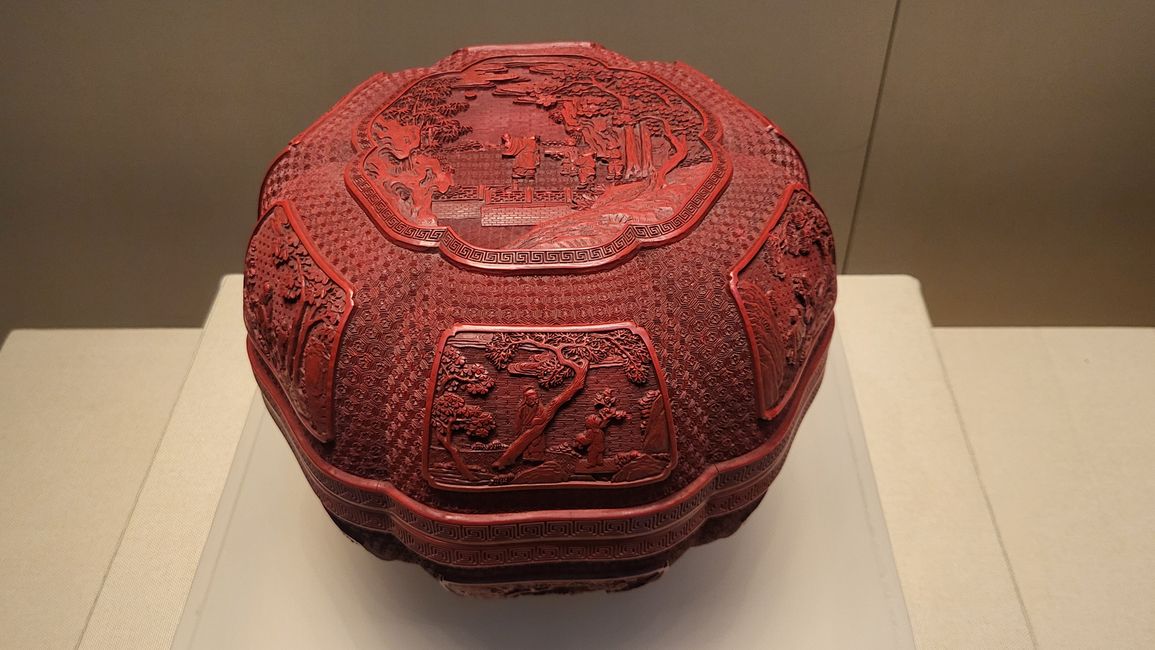
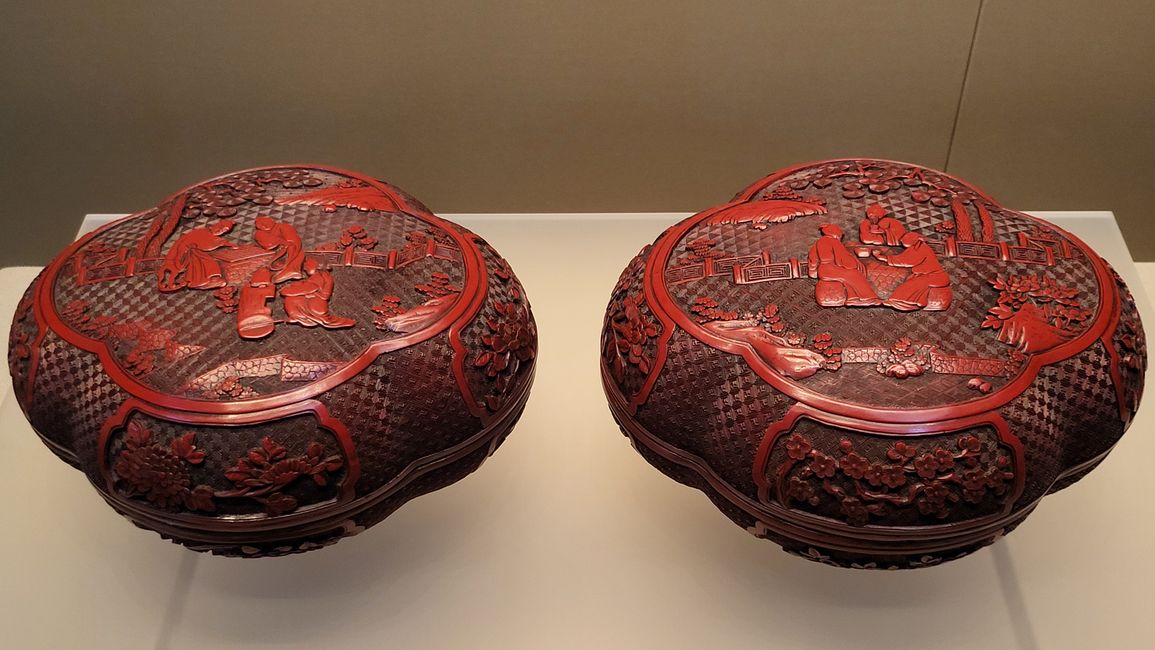
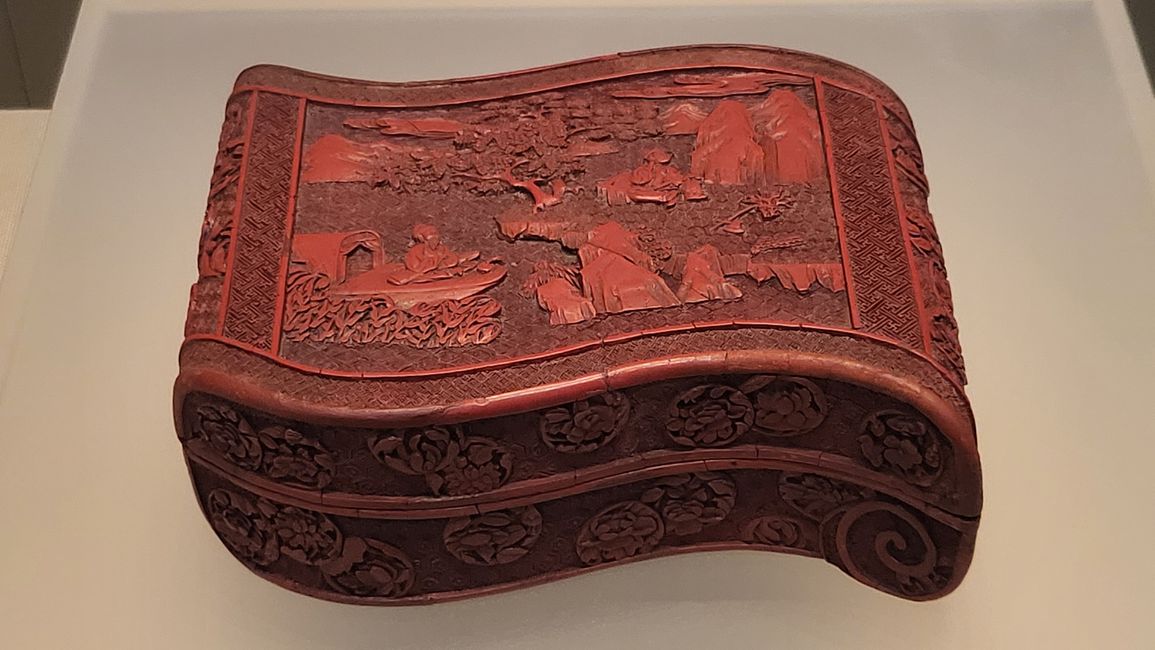
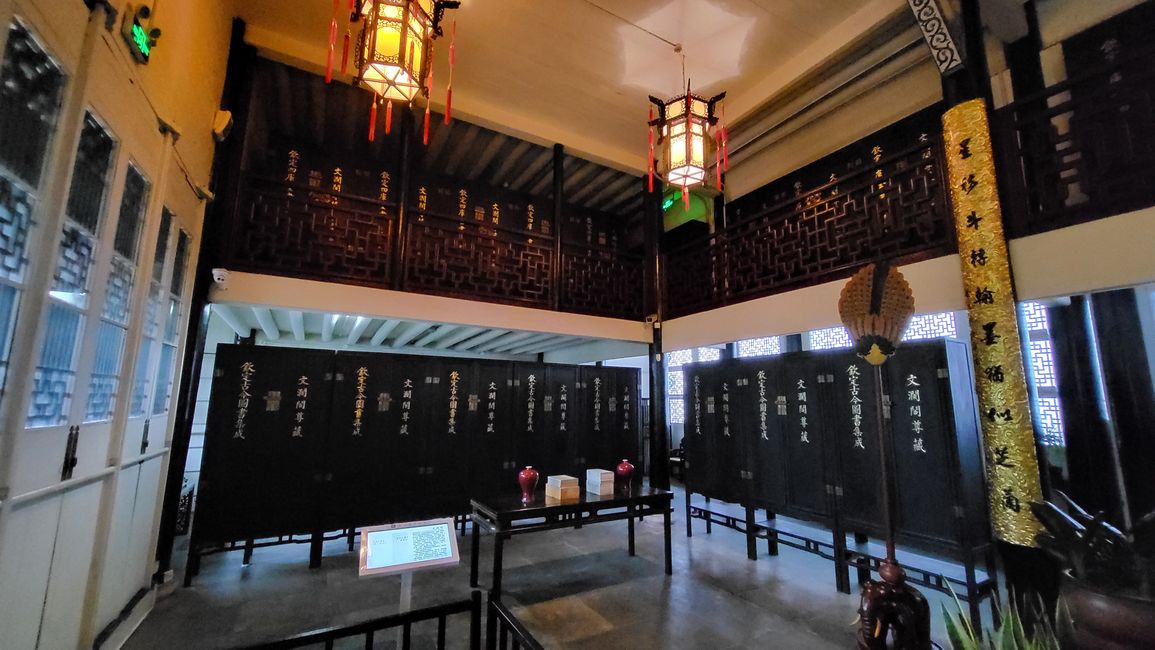
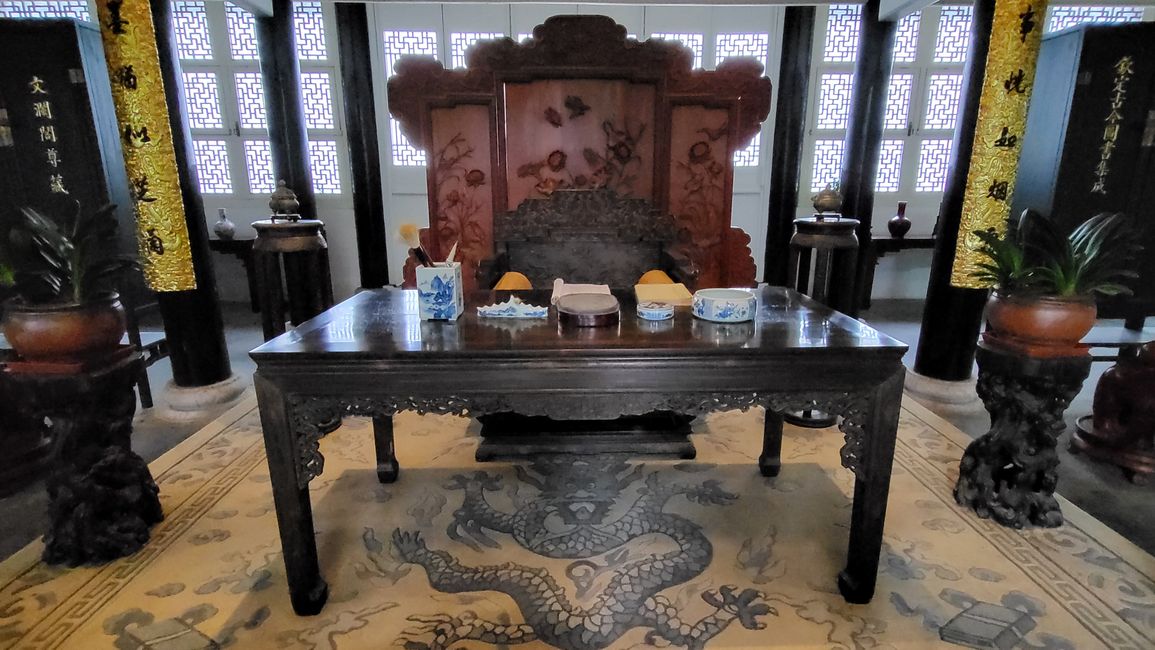

On our third day in Hangzhou, the strongest wave of the typhoon's tail hits, which is why I have planned museum visits for the entire day. To give a heads-up, the museums have gardens and the exhibitions are scattered across various pavilions and buildings, so we are bound to get a decent amount of the water masses on us. We are at the north shore of West Lake and our first destination is the Seal Museum, which is located on an island at Gu Mountain. The taxi can only take us to the start of the island, and we have a 300-meter walk along the shore of West Lake ahead of us, hopping from puddle to puddle. The West Lake is being battered by rain clouds, as in addition to the continuous rain, we are accompanied by brief gusts of wind on our way. The museum is set in a garden on the hillside with various pavilions scattered around. Important seal makers, scholars, and epigraphic researchers are presented, the founder of this estate, and a few artistic seal stamps are displayed. I particularly like the stamps with turtle handles. The seals themselves either stamp the characters or inversely, so the color envelops the characters. There is always a motto and/or a name stamped. There are specific seal characters, as I casually glean from an explanation. In a small room, a poetic film is shown. Finally, some stone drums from the Tang dynasty are displayed, engraved with 700 seal characters. Unfortunately, there are no explanations regarding the significance of seals, which leaves the meaning and history of seals unclear to me. Rather, the artistic aspect is emphasized, leaving me with the impression that it is more about art than craftsmanship. A small pagoda on top of the hill, small paths, and ponds suggest a beautiful area, but it is not the case with this rain. Now we walk 400 meters further to the Zhejiang Regional Museum, which is unfortunately also divided into various buildings. The museum is mainly dedicated to pictorial art, which does not pique my interest as an art layman. However, the exhibition on lacquer art is highly interesting and traces the various object styles and lacquer techniques specific to each dynasty period. This exhibition area is an absolute recommendation and impresses me especially with its intricate representations. My favorite lacquer art is the depiction of scholar and literati scenes, which I had the pleasure of admiring in the Asian Civilisations Museum in Singapore. During the Qing dynasty (1644 - 1911), the themes of lacquer art depicting landscapes and human figures not only continued traditional motifs inspired by legends, folklore, or historical narratives but also addressed the world of literati and literature. Emperor Qianlong was an avid reader and very literarily educated. This led to a trend towards literary themes. The paths in the museum are covered up to the Leifeng Pagoda exhibition, which I already mentioned in a previous blog post. However, we now enter a side area with three large ancient buildings. It is the old library of Hangzhou, which immediately captures my interest. The term library refers to the collection of all writings in an encyclopedia. This method of preserving history and knowledge has a great tradition in China and allows us to trace the history of the country back to ancient times. This institution in Hangzhou was initiated by the aforementioned Emperor Qianlong in 1773 and housed the famous Siku Quanshu (四库全书), “Complete Writings of the Four Treasuries.” Copies of this work were stored for consultation exactly here in this building within this library. To give an idea of this work: it is the largest collection of books in imperial Chinese history, comprising 36,381 volumes, 79,337 manuscript rolls, which totals 2.3 million pages. The exhibition also speaks of the little heroes, such as Chen Xunji (1901 - 1991), who led the library from 1932 to 1941 and transported the books to the west of the country for protection during the Japanese invasion in 1937. Our way out of the museum will now also be arduous, as our clothes will get thoroughly soaked on our rainy return walk to the Xiling Bridge back to the mainland.
Vastus
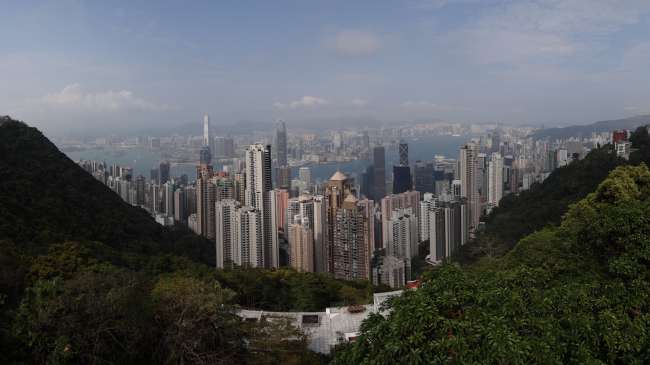
Reisiaruanded Hiina
